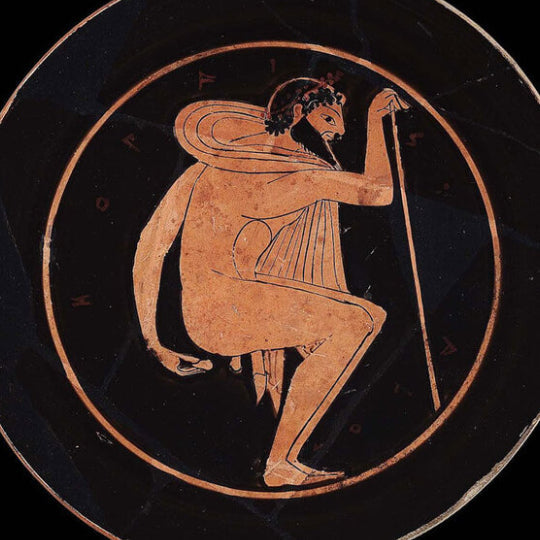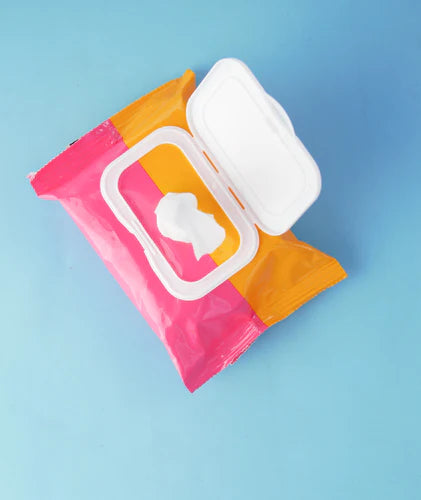Butt-Wiping - A History Unrolled

Butt-Wiping - A History Unrolled
Follow us on an illustrated journey through the history of butt-wiping, from stones to toilet paper
When you look at it, the evolution of mankind is absolutely fascinating. Sure, it’s been a lengthy process but look how far we have come from our apelike ancestors. You could say the same about the history of butt wiping, it too has come a long way.
We’re going to start with the Stone Age (about a million years ago for all you Gen Z’s reading). Butt wiping in the Stone Age started off on a rocky road (pardon the pun) as yes you may have guessed it, for thousands of years stones were the go-to wiping method. Wiping your rear with a stone and throwing it in the river sounds painful and we would advise against it but at least it was sustainable, right?

We next move over to Ancient Greece, where despite boasting much more advanced literature and art, people still used stones which they called “pessoi” or fragments of ceramic "ostraka". Bizarrely, it has been recorded that the Greeks used to inscribe the names of their nemeses on the ceramic wiping instruments. It’s harder to do this with permanent marker on toilet paper as it just tends to smudge, but definitely worth giving it a thought.
In around 800 BC, Ancient Rome seemed to be heading the right direction with a stone-free method of wiping. You may be thinking “finally” but after reading on, you’ll probably be asking for a pessoi or two. The Roman go-to wiping instrument was something they called a “tersorium” or as we would call it “a sponge on a stick”. A step in the right direction for comfort perhaps, but not hygiene. The tersorium was in fact communal (unless you were wealthy enough to own your own) and was washed in a bucket with water and salt or vinegar after each use. As you can imagine, this became a hotspot for breeding bacteria. Disgusting right? Well isn’t this why you’re here…

As well as a huge proportion of manufactured goods in this day and age, it’s said that toilet paper was first developed in China. The exact date remains a mystery but in around 851 AD, an Arab traveller exploring China noted that the Chinese were using paper as opposed to water.
However, before we dive into the soft luxurious toilet paper as we know and love today, we must first explore arguably the most bizarre wiping methods of all by our friends across the pond - corn on the cob (without the corn obviously, that would be unhygienic). The early Americans used to use leaves, straw and dried out cobs for wiping. Fortunately, as many years passed, they thankfully turned to newspapers, catalogues and magazines. Another unmistakeable way of leaving a two-star review for that disappointing matinee.

We’ve come a long way, but finally reached what the majority of us are most comfortable with, regular toilet paper. Interesting to note that it still wasn’t widely available until the early 1900’s! Now you can buy it in all different colours and patterns to match your bathroom and even different textures to make sure you have the best wipe possible.
BUTT, we haven’t finished our journey, because is there such a thing as too clean down there? Some countries supplement their hygiene routine down there with water. Our co-founder Giorgia for example, is Italian and extremely fond of her bidet. When she moved to the UK she didn’t know what to do! She kept wondering, how do you feel clean down there?!

That is where Wype comes in. Wype has gone that extra bit further to ensure that your personal bathroom hygiene is even more enjoyable, without flushing nasty wet wipes down the drain, and without the butt-hurt of additional plumbing.
Find out more here.
Leave questionable hygiene in the past, head over to our shop and upgrade your bathroom routine.
#CleanUpDownThere #WypeUK


